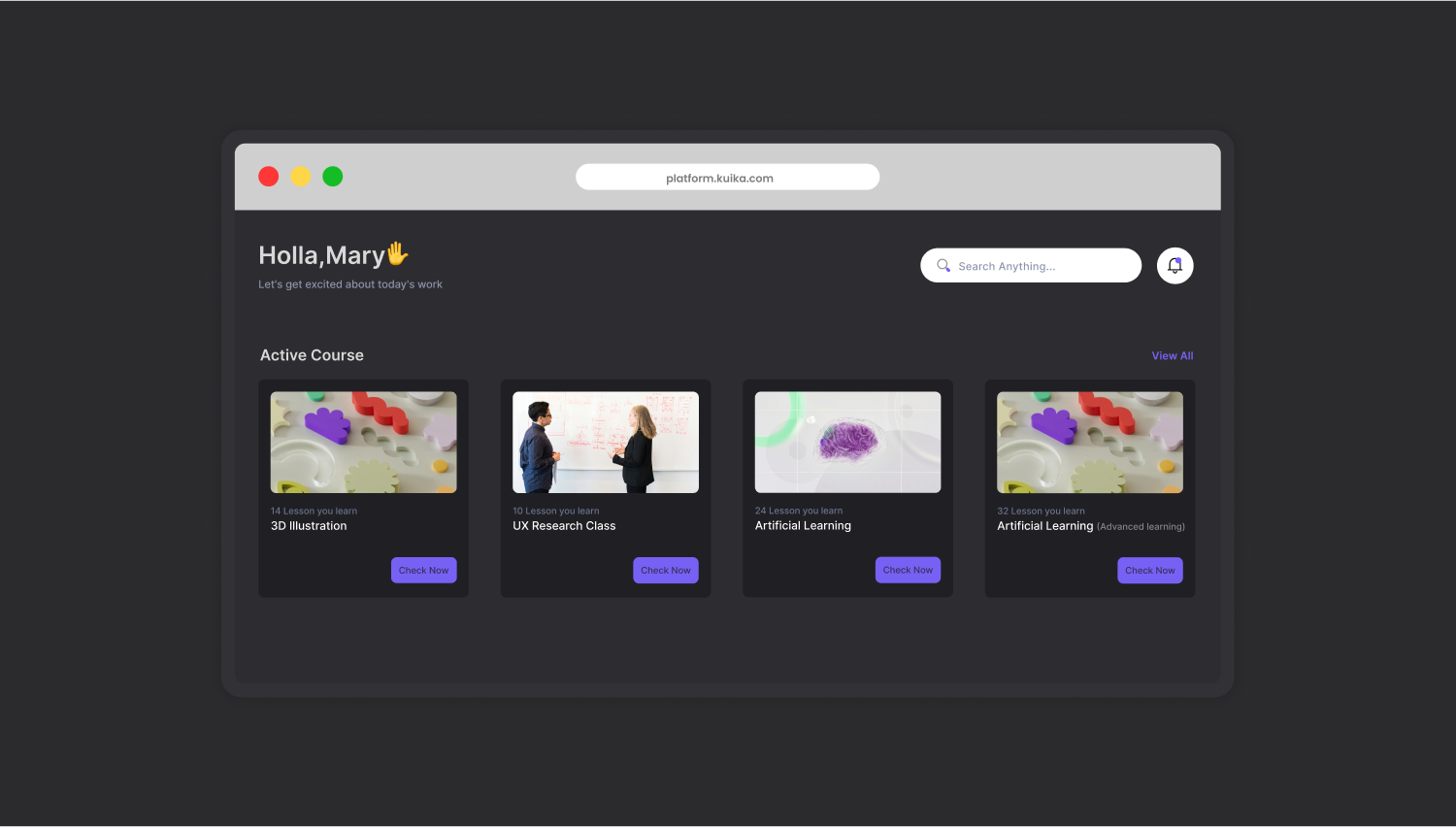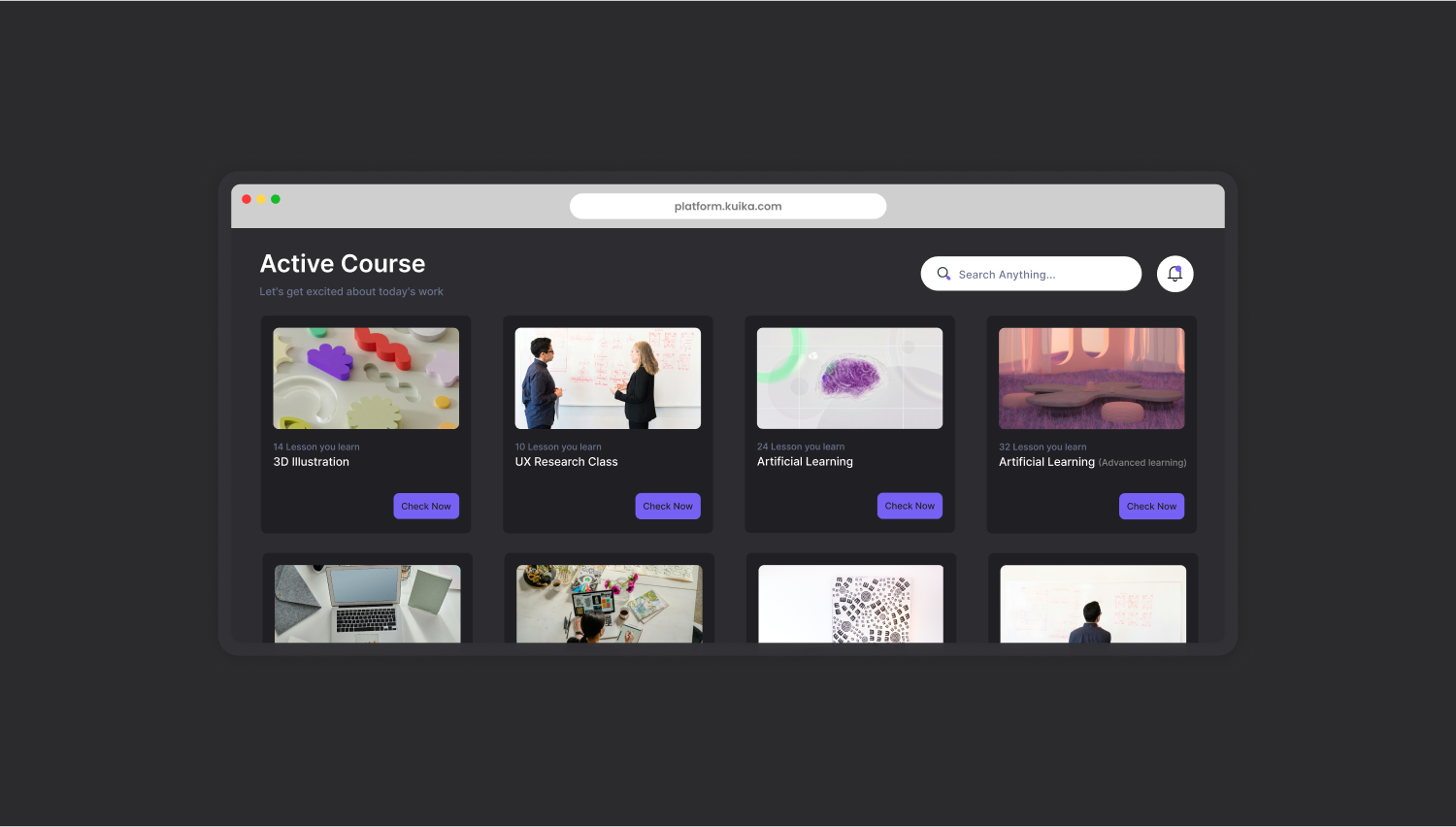Information architecture
About this lesson
Information Architecture involves structuring websites, mobile apps and other digital products so that users can easily access the information they need. In this course, we will explore the basics of Information Architecture and how to implement it.

Information Architecture consists of four basic components: Organization Schemes, Tagging Systems, Navigation Systems and Search Systems. These components provide users with a clear and understandable roadmap.

Organization Schemes organize content into logical categories. This allows users to find the information they are looking for faster. For example, on an e-commerce site, we can think of categorizing products into categories such as 'Men', 'Women', 'Children', etc.

Tagging Systems give names to information and allow users to easily understand content. Clear and consistent labels simplify the decision-making process for users as they navigate.

Navigation Systems make it easy for users to move from one point to another. Various navigation tools such as main menus, side menus and breadcrumb paths help users find their way around the site.

Search Systems enable users to quickly access the content they are looking for in large and complex information structures. An effective search system makes it easier for users to find the information they need by offering filtering and sorting features.
Information Architecture optimizes users' access to information in digital products. By adopting a user-centered approach, we can create comprehensible and interactive digital experiences.
Heading 1
Heading 2
Heading 3
Heading 4
Heading 5
Heading 6
Lorem ipsum dolor sit amet, consectetur adipiscing elit, sed do eiusmod tempor incididunt ut labore et dolore magna aliqua. Ut enim ad minim veniam, quis nostrud exercitation ullamco laboris nisi ut aliquip ex ea commodo consequat. Duis aute irure dolor in reprehenderit in voluptate velit esse cillum dolore eu fugiat nulla pariatur.
Block quote
Ordered list
- Item 1
- Item 2
- Item 3
Unordered list
- Item A
- Item B
- Item C
Bold text
Emphasis
Superscript
Subscript
Information Architecture involves structuring websites, mobile apps and other digital products so that users can easily access the information they need. In this course, we will explore the basics of Information Architecture and how to implement it.

Information Architecture consists of four basic components: Organization Schemes, Tagging Systems, Navigation Systems and Search Systems. These components provide users with a clear and understandable roadmap.

Organization Schemes organize content into logical categories. This allows users to find the information they are looking for faster. For example, on an e-commerce site, we can think of categorizing products into categories such as 'Men', 'Women', 'Children', etc.

Tagging Systems give names to information and allow users to easily understand content. Clear and consistent labels simplify the decision-making process for users as they navigate.

Navigation Systems make it easy for users to move from one point to another. Various navigation tools such as main menus, side menus and breadcrumb paths help users find their way around the site.

Search Systems enable users to quickly access the content they are looking for in large and complex information structures. An effective search system makes it easier for users to find the information they need by offering filtering and sorting features.
Information Architecture optimizes users' access to information in digital products. By adopting a user-centered approach, we can create comprehensible and interactive digital experiences.
Information Architecture involves structuring websites, mobile apps and other digital products so that users can easily access the information they need. In this course, we will explore the basics of Information Architecture and how to implement it.

Information Architecture consists of four basic components: Organization Schemes, Tagging Systems, Navigation Systems and Search Systems. These components provide users with a clear and understandable roadmap.

Organization Schemes organize content into logical categories. This allows users to find the information they are looking for faster. For example, on an e-commerce site, we can think of categorizing products into categories such as 'Men', 'Women', 'Children', etc.

Tagging Systems give names to information and allow users to easily understand content. Clear and consistent labels simplify the decision-making process for users as they navigate.

Navigation Systems make it easy for users to move from one point to another. Various navigation tools such as main menus, side menus and breadcrumb paths help users find their way around the site.

Search Systems enable users to quickly access the content they are looking for in large and complex information structures. An effective search system makes it easier for users to find the information they need by offering filtering and sorting features.
Information Architecture optimizes users' access to information in digital products. By adopting a user-centered approach, we can create comprehensible and interactive digital experiences.

Files

Sources

Glossary







